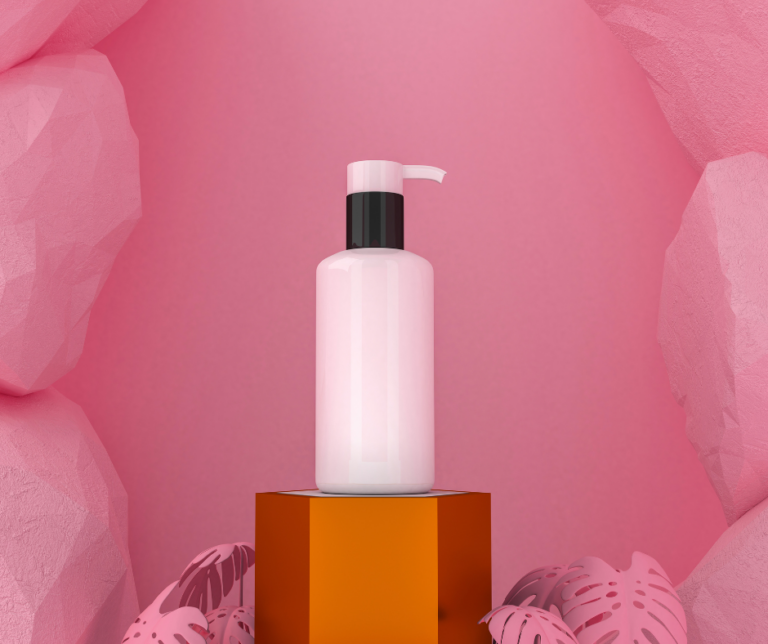
Most products your purchase everyday are sold by retailers that do not manufacture the products. Very few manufacturers will sell their products directly to consumers. Private label products are those sold by a retailer and manufactured by a third party. Essentially the retailer develops a brand, sources the product from a manufacturer, and stocks the product in a bricks and mortar store or in a warehouse.
The process of private labelling generally involves the following steps:
Private labelling is a common practice in various industries, including retail, health and beauty, consumer electronics, and food and beverage. It allows companies to offer a diverse range of products under their brand name without the need for extensive research and development or manufacturing capabilities.
Some people start with an idea they feel passionately about bringing to market in a certain way, many people have a burning desire to make money online so they research products to find the best one. Either way, selecting the right product is crucial to success. If there is too much competition for your product, which we call a saturated market, then competing with the same concept will be challenging. However developing a new product with little competition can be challenging also, particularly where no one has heard of the product before. Success lies somewhere in between these two extremes (or a large brand awareness budget for the latter).
There are tools available on the market that can help you determine products that are in high demand that may have less competition. Tools such as Helium10 or Jungle Scout which provide data on Amazon demand and competition, Everbee for Etsy and Semrush for Google keywords can help you identify any products that may have high demand and lower competition.
Your next step is to understand a gap in the market in terms of product improvements, a new brand look, a better experience for customers, anything that will set you apart from the competition.
The right or wrong manufacturer will have one of the greatest impacts on your long-term success. This is where most entrepreneurs will come unstuck or end up spending significant time to perfect. Ideally you are looking for the following:
The harsh reality is that local production in most countries is both expensive, and difficult to find. You will have more luck in the US, and in Australia it is virtually impossible to locate a manufacturer that will produce a product with enough margin for you to sell at competitive prices in the market.
China, Bali, India and Taiwan are the primary manufacturing countries particularly for textiles, electronic and beauty products.
It is easy to get caught up in the excitement of product development and your new manufacturer may be pushing you to order your first run quickly. Generally, you will be speaking to a sales team that just want sales. No matter how many photos and examples from other big businesses the manufacturer sends you, the reality can often be very different. Order as many samples from each of the product lines you intend to sell, that you can manage. Frequently there will be flaws in the product production in one or two samples but not others, be prepared to take time here to get it right.
Test the product in the market via friends and family or direct marketplaces such as Facebook marketplace. You need honest market opinions of how the product is received.
Understanding how you plan to sell your products is an important step of planning. You can sell via your own website, via a marketplace such as Amazon or eBay, via drop shippers, via affiliates or wholesale to other retailers. Ideally you sell via all methods for the best results. Your goal in the early days is finding the fastest path to market which is usually found in marketplaces, wholesale and affiliates/brand ambassadors.
The cost is dependent on so many factors but as a baseline the cost to buy samples, MOQ’s, and branding will be between $20,000-$200,000. This is before the costs of marketing which will be significant in the first 12 months. Remember that bringing a product to market is either time or money (or both). You can get away with minimal costs, but it may take you longer to reach your goals.
Pricing is too often overlooked as a key factor in your success. There are many methods to determining price, with most people using a mix of “competitive pricing” with “cost plus”. There are no wrong answers but there are absolutely opportunities that can be overlooked. Consider pricing based on value, demand or consumption. Check out our pricing module for more information.
There are cost and risk factors of each model and you should base your decision on the time and money (and risk) you are willing to input. We highly recommend starting slow with private labelling and bolstering your product offering with drop shipping and wholesale until you have a sufficient audience to enable larger stock qualities to be purchased. Check out our article on the ultimate battle between each model.
The best place to start is deep research and staying focused on building a hypothesis. Ordering product samples, chatting to manufacturers, building a brand are all the fun parts of the business and it can be easy to get caught up in the momentum. Take the time to understand the demand for your product and the competition. Read reviews, talk to customers in your market, buy competitor products, and scour the internet for as much supporting evidence as possible.
Say “Hello to your personal eCommerce mentor.
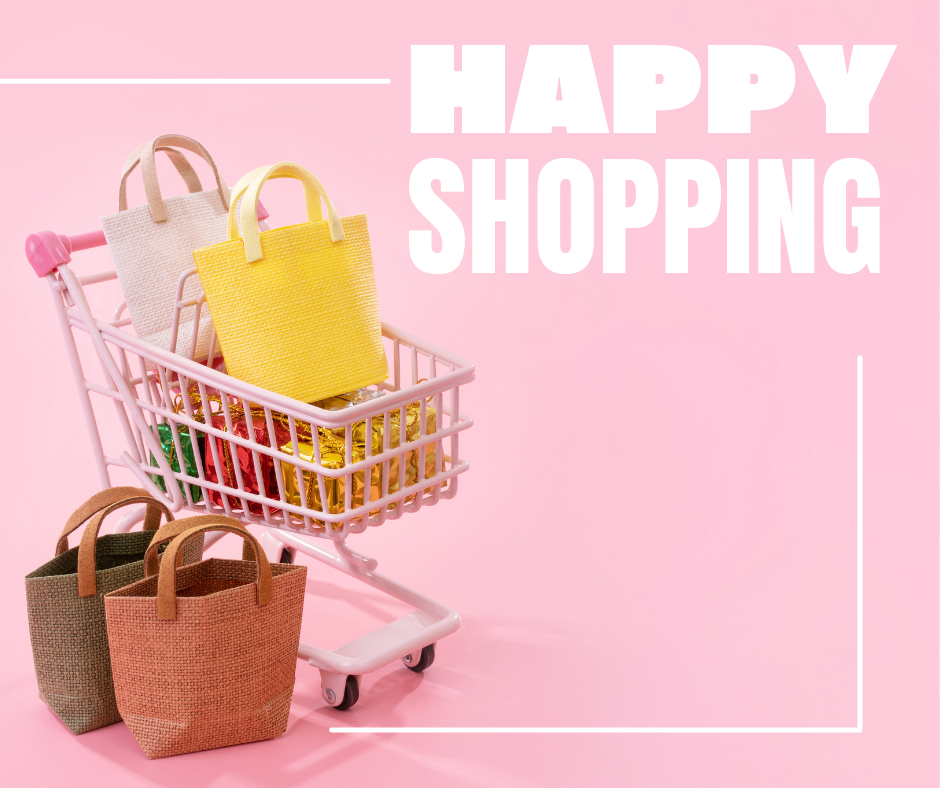
The holiday shopping season is fast approaching, and for Australian ecommerce businesses, it’s time to gear up for one of

Dropshipping rose in popularity during the early 2000s with the advent of Shopify in 2004, which simplified the process of
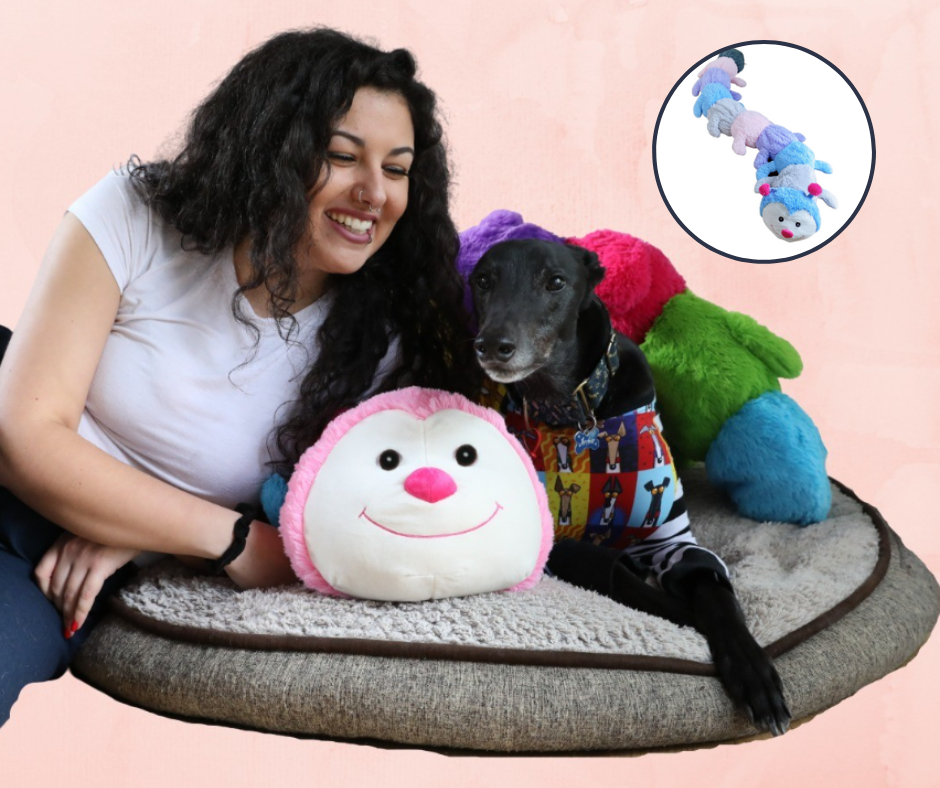
In a heartwarming tale that underscores the belief that every dog deserves happiness, Cecilia Distefano, a dedicated canine enthusiast, has
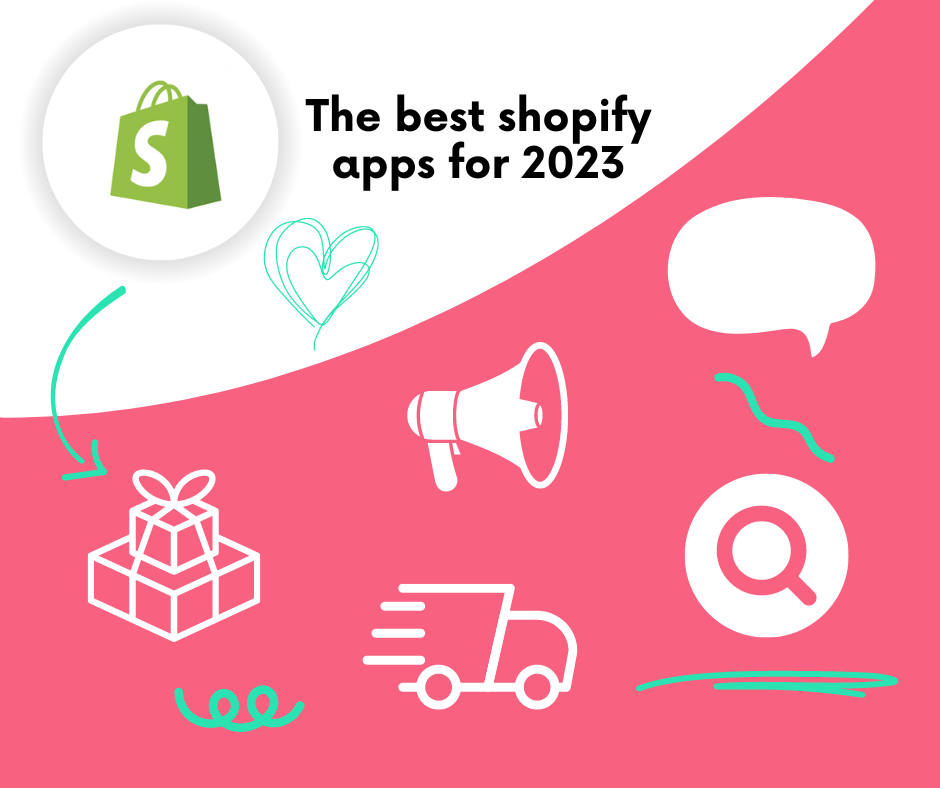
How do you choose a good Shopify app for ecommerce? When choosing a Shopify app for ecommerce, consider factors like
Be one of the first 100 people to register for a free copy before it hits the shelf. Register you details below. Hurry book launches October 30.
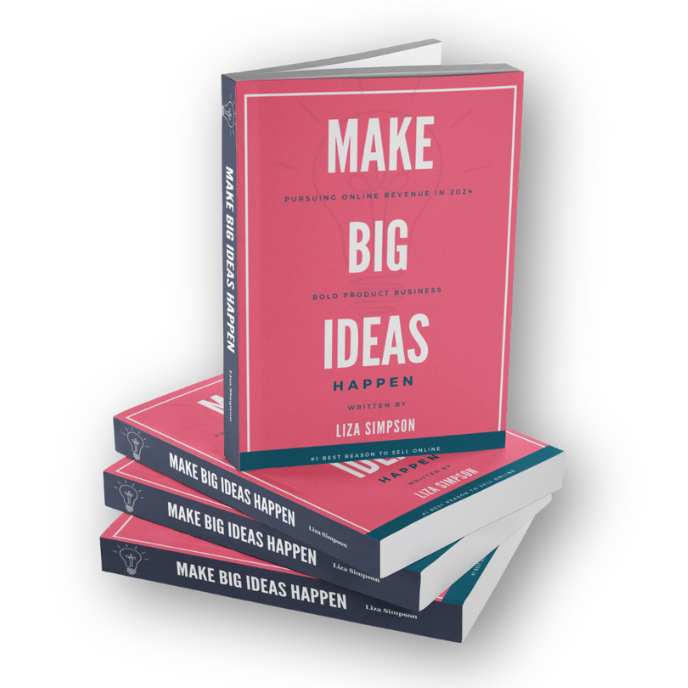
Sign up to get growth checklist for FREE!